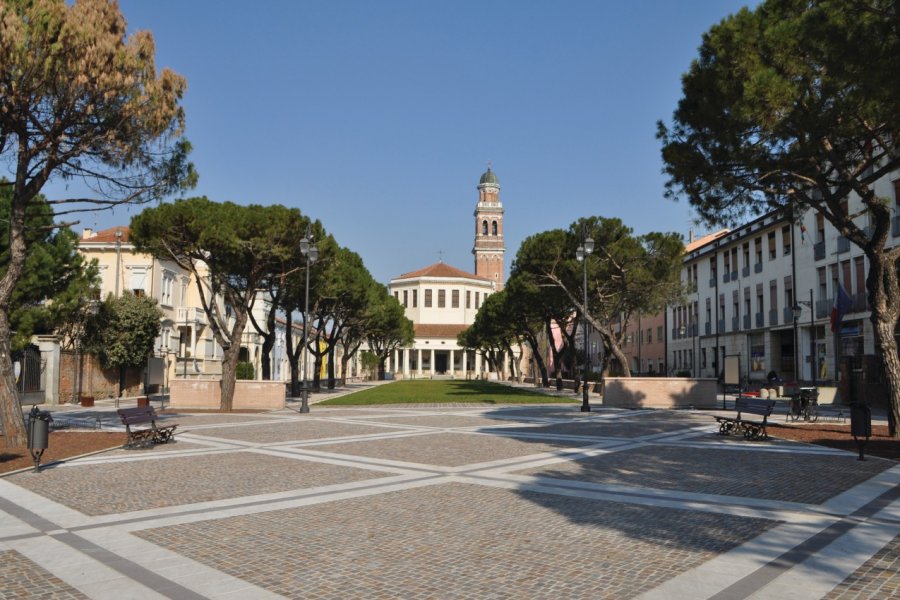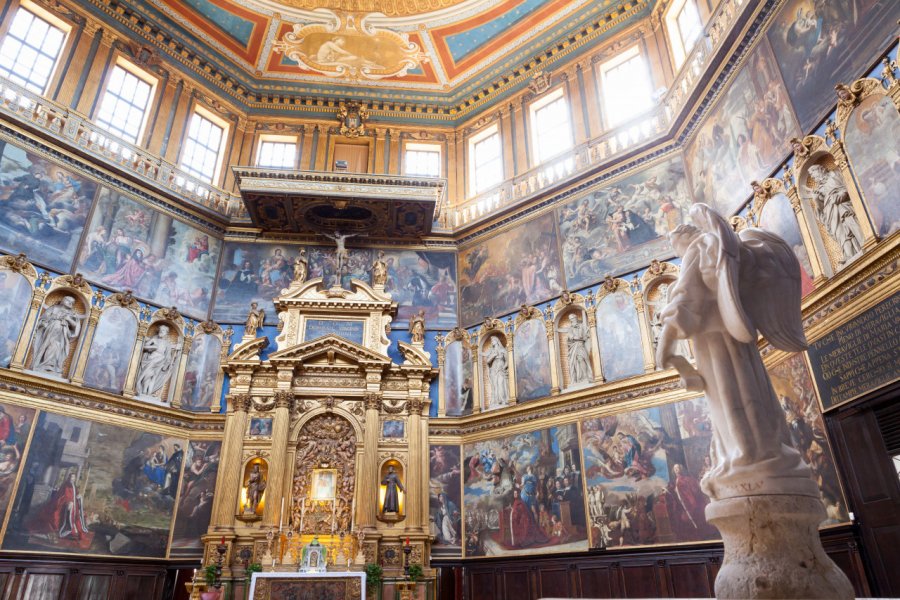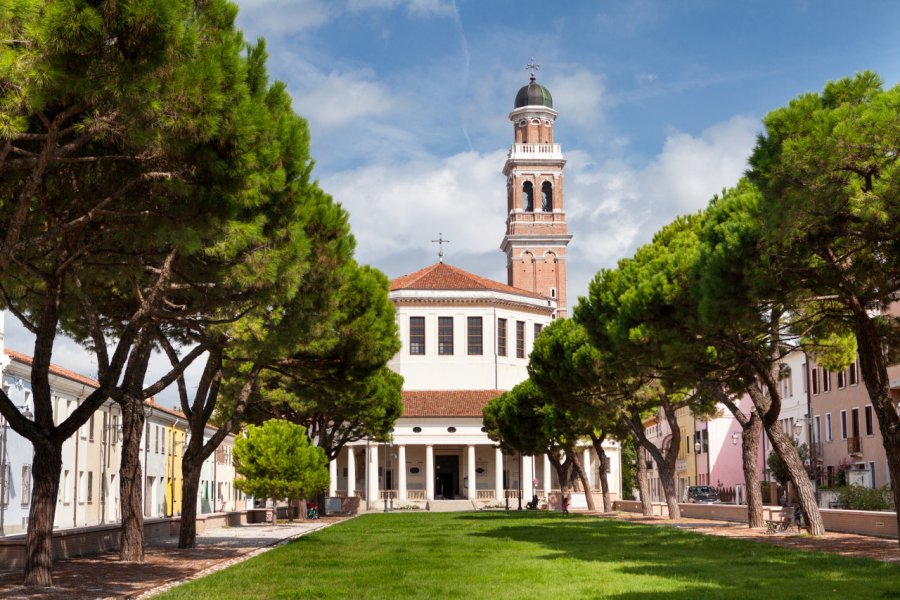Travel Guide Rovigo
Find an accommodation
Advertising
Located on the banks of one of the Adige's tributaries, the Adigetto, Rovigo has just over 51,000 inhabitants. Its history is closely linked to the two most important rivers of the Veneto region, the Po and the Adige. Its medieval origins are attested by the square castle that dominates the town, although the remains of an Etruscan necropolis found near the town attest to a previous human settlement. A document dated 838 speaks of a "Villa que nuncupatur Rovigo", that is to say of a rural village called Rovigo.The name Rovigo is said to derive from Campi Raudi, a site not far from the town where Caius Marius defeated the Cimbres in 101 BC. Much later, under the domination of the Dukes of Ferrara, the Este (12th-16th centuries), and the Venetians (17th and 18th centuries), Rovigo began to gain importance as an agricultural and cattle-raising town (the Polesine horse breed became famous throughout Europe). The 16th century was particularly flourishing; the Accademia dei Concordi, the city's most important cultural institution, and the Church of the Virgin of the Help, known as the Rotonda, because of its octagonal shape, date from this period.After difficult years, major investments, particularly in the tourism sector, have enabled Rovigo to regain a leading position in the economic and cultural landscape of the Veneto region. Today the town is the gateway to the Po Delta Regional Park.
What to visit Rovigo?
Suggested addresses Rovigo
Weather at the moment
Advertising
Organize your trip with our partners Rovigo
Transportation
Book your plane tickets
Car Rental
Boat rental
Accommodation & stays
Find a hotel
Holiday rental
Find your campsite
Tailor-made trip
Immersion travel
Services / On site
Activities & visits
Find a doctor
Find unique Stay Offers with our Partners
Pictures and images Rovigo
Other destinations nearby Rovigo
5 km away

















